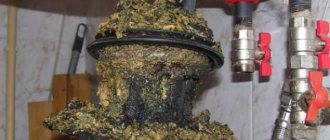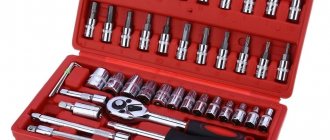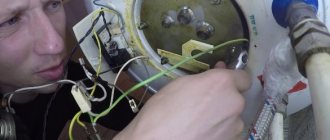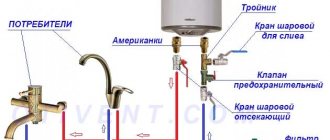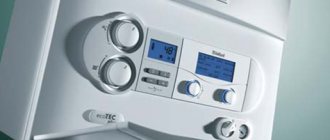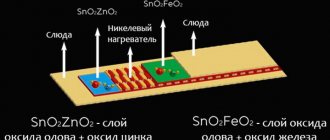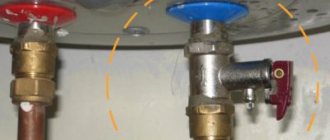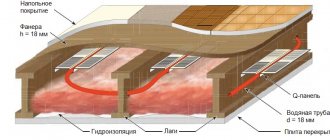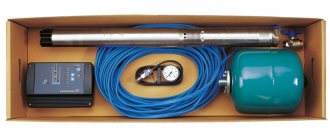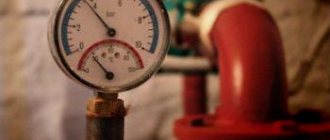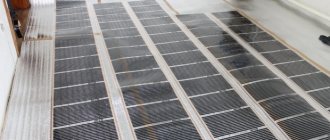User's manual
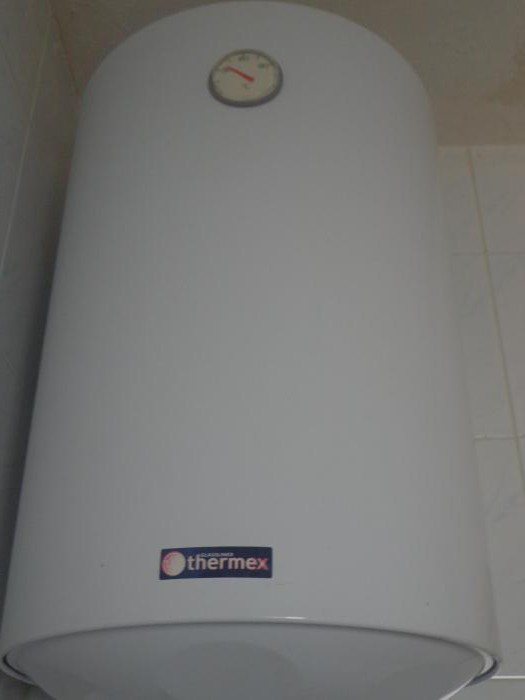
If you decide to choose a water heater "Termeks" (80 liters), the instructions for use of which will tell you how to extend the life of the device, you should know that the models are presented for sale with mechanical and electronic control. In the first case, on the external panel there are keys responsible for the choice of power. By using both, you will provide a power equal to 2 kilowatts. This will meet the needs based on the amount of hot water that needs to be obtained.
When using the heater, you can adjust the temperature using the toggle switch located on the control panel. Turning it counterclockwise until it stops, you disconnect the water heater from the network. If you turn the regulator clockwise, then you can increase the temperature of the coolant to 75 degrees.
Main technical characteristics, equipment, principle of operation, safety measures
Regardless of which "Termex" heater was purchased, it is strongly recommended that you familiarize yourself with the rules set forth in the operating instructions for the purchased unit.
The instruction manual sets out everything point by point:
- Appointment. It describes what kind of thing was purchased and why. It is also indicated that in no case should the EVN be placed in unheated rooms: water may freeze and the device will fail.
- Main technical characteristics. Each model will have its own (minimum and maximum pressure in the water supply, power of the heating element, diameter of the pipes, etc.).
- Contents of delivery. This paragraph lists what is packed at the factory in the box with the unit. It will be useful for the buyer to check what is written and what actually is. After leaving the store, it will be too late to declare that, for example, there is no safety valve or mounting bolts.
- Description and principle of operation of an electric water heater.
- The next section is extremely important: an indication of security measures.
Not allowed:
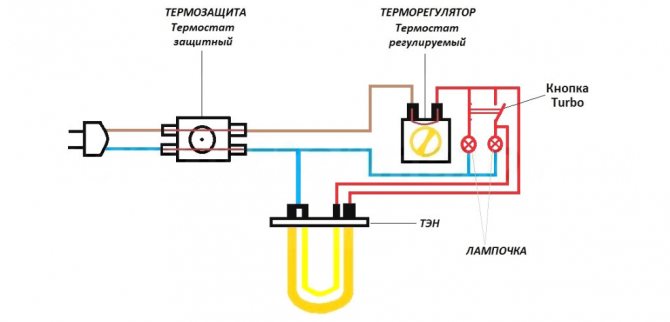

Wiring diagram for connecting the Termeks water heater.
- turn on the electrical network if the tank is not filled with water;
- if the heater is on, remove the protective cover;
- use a water heater without a ground wire connected to the outlet;
- turn on the "Termeks" boiler if the water pressure in the network is more than 0.6 MPa;
- connect to the water supply system without a safety valve;
- use a heater that is not filled with water;
- use non-original spare parts;
- use water from the heater for food purposes;
- operate the boiler without a filter;
- change brackets.
Varieties of water heaters
There are 2 groups of Termeks electrical appliances:
- flowing;
- accumulative.
The first includes devices that are installed above the sink, they quickly heat the water, which makes such models different from their counterparts of the storage type. The latter are characterized by a large volume, they take up a lot of space. For comparison, flow heaters are compact. But they are more powerful, as they provide instant heating when the mixer tap is turned.
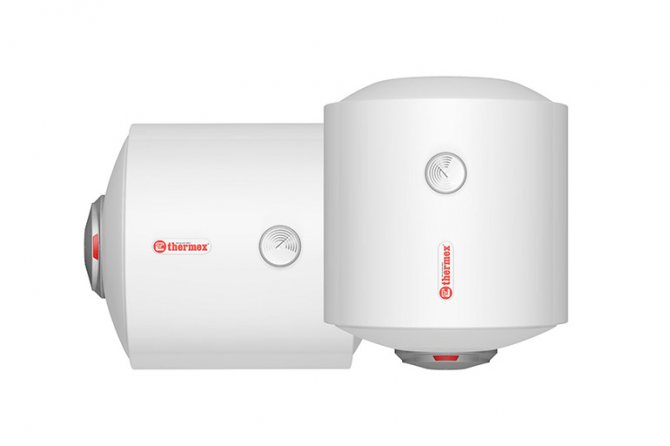

An electric boiler is an indispensable unit in today's everyday life. Buy
The products of this brand are divided into 2 groups:
- electrical devices;
- gas.
A power supply is required for the operation of the first type models. In order for the gas column (flow heater) to work, a connection to the gas main is provided. There are 2 possible control options:
- electronic;
- mechanical.
In the first case, the change in water parameters is provided automatically. If you are wondering how to use a water heater with a mechanical type of control, you need to remember the need to independently determine the water temperature.
Turning on and off the boiler when the required heating level is reached in this case is carried out automatically by the thermostat.
Water heaters differ in the type of heating element material (stainless steel, copper), its configuration (tubular, spiral). The inside of the tank can be protected with a layer of enamel, but models without coating on the inner walls are more common. Devices are distinguished by the number of heating elements (1 or 2). Types of devices that differ in tank volume:
- 15;
- 30;
- 50;
- 80.
Additional connection recommendations
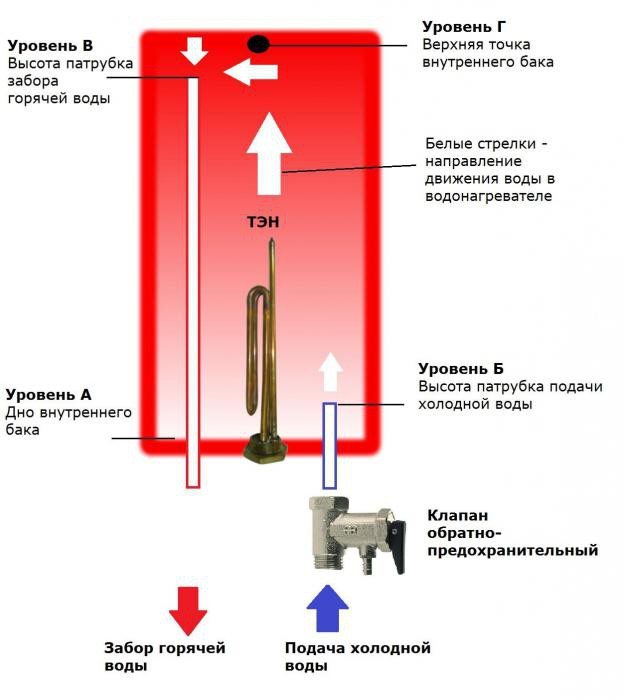

As soon as the Termeks electric storage water heaters are connected, the cold water supply valve can be opened, this also applies to the hot water tap on the mixer. This will allow air to drain out of the appliance. When cold water flows in a continuous stream from the mixer tap, this will indicate that the filling of the water heater has already been completed. If the device is installed in a place where there is no water supply, cold water can be supplied from an auxiliary tank. However, it must be placed at a height of 5 meters from the top point of the device. If this is not possible, then it is additionally permissible to use a pumping station.
Operation and maintenance
This section is the most important from a practical user point of view. When the internal tank is full, water heating is started with the power button. At the same time, the pilot lamp should light up. Then the water temperature is set with a regulator (thermostat knob).
Some models on the remote control have three keys for setting the heating mode: moderate heating, fast heating and economical heating (controlling the heating power of the boiler), and advanced devices have an electronic control panel with a digital display on board, the most expensive are equipped with a remote control. The instruction manual is available explaining the purpose of all buttons and symbols on the electronic panel.
Maintenance consists in removing dust and dirt from the surface of the EVN using cloth rags and mild detergents, for example, soap solution. The magnesium electrode is replaced at least once a year; in very hard water, the replacement is performed more often.
After the boiler electrode is replaced by an organization specializing in the maintenance and repair of heating equipment, a corresponding entry is made in the guarantee, certified by the seal (stamp) of the repair company. If serviced by yourself, a sales receipt for the magnesium anode is enclosed. Failure to do so will void the warranty.
The manual then lists the most common faults and how to deal with them.
Device repair
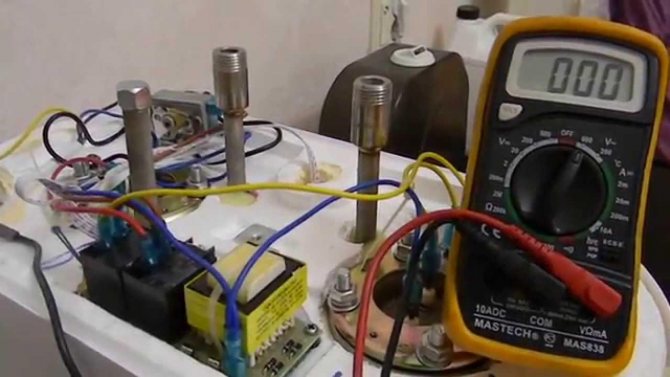

Repair of the structure
Start the repair by looking for the cause of the device malfunction. Most often, the boiler refuses to work when there is a power outage or damage to the electrical circuit. If there is no voltage at the outlet, fix it.
Other problems:
- water is not collected;
- RCD is triggered;
- no heating occurs;
- insufficient heating;
- the appearance of leaks.
The reason may be a breakdown of the heating element.
Fault codes
Some water heaters have a panel where the reason for the failure is displayed in the form of a code or word. The E1 (vacuum) code indicates that the cold water supply has been cut off while the heating element is on. Turn off the heating and wait until the tank is completely filled. Only then can the device be connected to the network.
E2 (Sensor) code signals a temperature sensor failure.It is recommended to reboot the device by briefly turning it off and on.
E3 (Over Heat) means that the temperature of the environment has risen above the critical value of 95 degrees. Press the thermostat button.
Sometimes it helps to simply turn off the water heater for a few minutes, so do not rush to call the repair service, but try to determine why the boiler stopped heating the water and try to fix the malfunction yourself.
Leaking in the tank


Repair of the structure
Leaks can be at the flange attachment point or at the bottom of the tank. The reason lies in installation errors, wear of the adhesive seams, improper maintenance. In the absence of grounding, premature corrosion also begins.
Bottom leakage may be due to worn flange gasket. To fix the problem, before disassembling the device, you need to turn it off, disassemble the flange connection and change the deformed part. Then turn on the boiler and see how it works.
If the device leaks at the seams, it is easier to replace the model, since it is unlikely that it will be possible to seal the seams at home without deforming the case. A stainless steel tank can be boiled. In the presence of a protective inner glass enamel coating, welding cannot be used, since the surface layer will become unusable.
Scale
Tap water has a high hardness; when heated, salt deposits are deposited on the boiler body and internal parts. What does it threaten:
- an increase in the temperature head, which can lead to the operation of the RCD;
- underheating;
- breakdown.
Preventive descaling is recommended. The process is carried out in several stages. In order, we disconnect the boiler from the network, shut off the water supply, empty the tank, disconnect the wires and dismantle the heating element.
Then we rinse the electric heater with warm water. We remove salt deposits with the help of special formulations for descaling or using home remedies by adding a bottle of vinegar to the water. It is recommended to soak the heating element in this composition until the salts dissolve.
At the final stage, rinse all parts with clean water, dry them and assemble the water heater.
Breakdown of heating element
The main symptoms of malfunctions
- water does not heat up;
- the RCD is triggered and the device turns off;
- insufficient heating of the working environment;
- the power indicator is off;
- noise inside the structure;
- turbid water with an unpleasant odor is drained at the outlet of the boiler;
- knocks out a machine gun.
The appearance of the heater does not always allow detecting a defect if the shell is not damaged. In this case, a tester is used:
- zero - short circuit;
- infinity is a break in the spiral.
The reasons:
- long service life;
- overheating of the heating element due to lack of liquid in the boiler;
- simple operation of a filled water heater for a long time;
- damaged thermostat;
- voltage drops in the network.
The reason may be in scale and wear of the anode. Sometimes it is enough to turn on and off the boiler several times to make the device work.
How to change the heating element
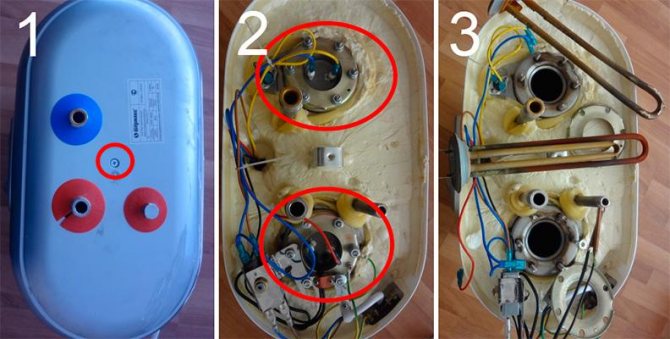

Replacing the heating element
Follow the given algorithm:
- Disconnect the water heater from the mains.
- Close the shut-off valve upstream of the device.
- Drain the water from the boiler through the drain connection using a hose.
- Disconnect the appliance from the mixer.
- Now remove the heater and turn it over.
- Unscrew the flange nuts to remove the bottom cover.
- Disconnect the wires from the heating element.
- Pull out the thermostat and temperature sensor.
- Dismantle the idle heating element, if necessary, clean it slightly with a screwdriver.
Now it remains to replace the heating element and do the operations in the reverse order.


